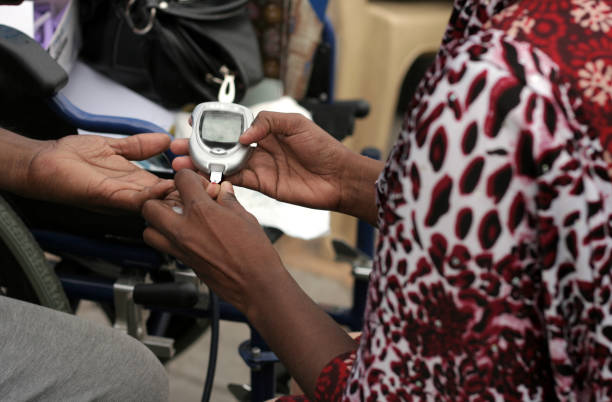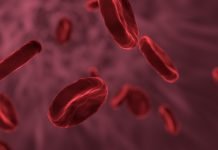Diabetes is defined as a system malfunction where the glucose levels in the blood are not at normal levels. Insulin is a hormone manufactured in the pancreas and this converts the glucose that food has been broken down in to, into energy. The problem arises when the pancreas produce insufficient insulin or then the insulin that is produced is not being utilized properly by the body, liver, fat and muscles. Now your cells are getting starved of energy but the glucose in the blood is on a continuous increase.
This increased level of glucose in the blood leads to a condition called hyperglycemia, which leads to damage of nerves and blood vessels and can also lead to problems like stokes, kidney diseases, heart problems etc.
So the how does one know that they have diabetes and how are they going to get a diabetes diagnosis? What does the diabetes testing process involve and what precautions are to be taken to get the diabetes test done?
There are many causes of diabetes. so if you find that you have a lot of fatigue, sleepiness, excessive hunger, and rapid changes in weight, blurred vision etc then it is advisable to get a diabetes test done. A diabetes diagnosis procedure will eliminate all doubts.
There is a laboratory conducted diabetes diagnosis which is dependant on the amount of glucose that is found in the urine coupled with an indication of increased blood sugar levels. Now days diabetes testing is done using the fasting plasma diabetes test and diabetes diagnosis is confirmed if the result shows glucose value of 126 mg/dl or higher.
There is another diabetes testing procedure called the oral glucose tolerance test which is a little more expensive than the normal diabetes test. Here a diabetes diagnosis requires that the value of glucose is 200 mg/dl or greater. The above criteria met during diabetes testing will confirm a diabetes diagnosis and these diabetes tests are repeated the next day to be completely certain.
There are some other aspects of diabetes testing that one must know about. There is a diabetes test called the casual plasma glucose test where there are no conditions regarding food intake etc and the diabetes test can be done at any time of the day. There symptoms that would define the need for this type of diabetes testing are things like weight loss, polyuria or the polydipsia. Then there is the diabetes test with fasting which means no food must be eaten for at least eight hours prior to the test.
There is another diabetes diagnosis done for women when they are pregnant. This is called the gestational diabetes mellitus. Diabetes testing is recommended for those women who may have history of diabetes in their family. But there are certain factors that indicate where diabetes testing is required and where diabetes test is not required.
The low-risk group of women would ideally be less than age 25, have standard body weight, no history of diabetes diagnosis in the immediate family and no past obstetric anomalies.
Most diabetes testing procedures require that you have to maintain certain time period of no eating or fasting as it is called prior to the diabetes testing being carried out. The diabetes test itself is not painful nor does it involve invasive procedures. Blood is drawn at the prescribed times where certain conditions of fasting and eating have been met and then all the diabetes testing is carried out on the blood sample.








